Frog nursery - winter coming
basilbird
16 years ago
Related Stories
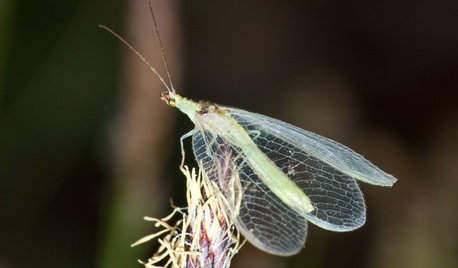
GARDENING GUIDESLook Out for Lacewings: Beneficial Insects Coming to a Garden Near You
Lacewings are delicate insects that produce alligator-like, hungry offspring that devour aphids and other garden pests
Full Story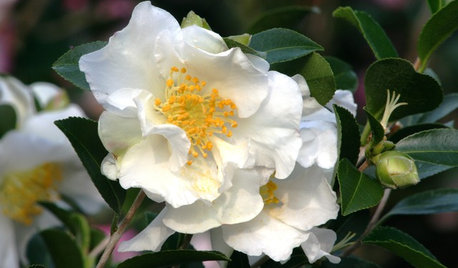
WINTER GARDENING6 Flowers for Gorgeous Winter Garden Color
Blooming beauties can be yours from January through March — just take your pick from these bulbs, shrubs and even a tree
Full Story
GARDENING GUIDESGarden Myths to Debunk as You Dig This Fall and Rest Over Winter
Termites hate wood mulch, don’t amend soil for trees, avoid gravel in planters — and more nuggets of garden wisdom
Full Story
HOUSEPLANTSHow to Force Amaryllis Bulbs Indoors
Enjoy vibrant red blossoms even as gardens turn snowy white, by teaching this hardy repeat performer to ignore the calendar
Full Story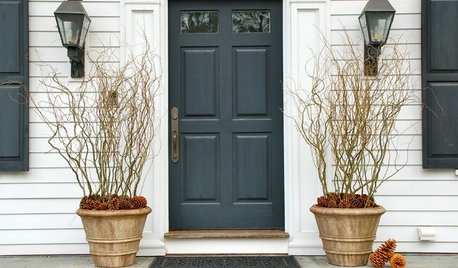
WINTER GARDENINGBranches Bring the Winter Spirit to Container Gardens
Add dimension and drama to winter pots with branches from austere to downright colorful
Full Story
GARDENING FOR BIRDSFeed the Birds: 6 Plants for Abundant Winter Berries
Be kind to your fair feathered friends during lean food times by planting a shrub or tree loaded with nutritious snacks
Full Story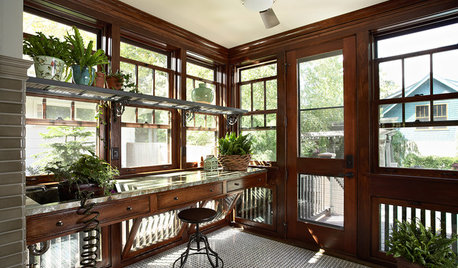
WINTER GARDENINGWinter Gardening: Ideas for a Dream Potting Room
Check out potting rooms that get indoor gardening right — and learn tips for creating your own
Full Story
GARDENING GUIDESGreat Design Plant: Kumquats for a Juiced-Up Winter
Grow it for the edible fruit or its good looks alone. This citrus cousin will brighten any gray winter day
Full Story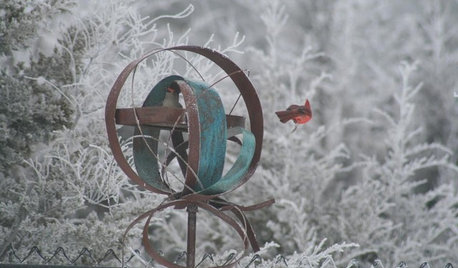
WINTER GARDENING4 Reasons to Celebrate Your Garden in Winter
The season of rest and replenishment is key to a successful wildlife-focused yard
Full Story
HOUSEPLANTSIndoor Winter Gardens for Cheerier Days
Bring plants inside for drab-days mood boosting — not to mention cleaner indoor air and protection for your greenery
Full Story



silent1pa
LauraZone5
Related Discussions
Frogs frogs everywhere (pic heavy)
Q
HELP wintering for frogs in my pond
Q
ficus, nursery and the winter frost
Q
poison dart frog food and other frogs
Q
mooch
nosambos
mooch
LauraZone5
comettose
ninjabut
LauraZone5
basilbirdOriginal Author
comettose
LauraZone5
LauraZone5
comettose
LauraZone5
comettose
basilbirdOriginal Author
LauraZone5
edhor525
beck_wi
nancyd
pikecoe
hnladue
horton
Lily316
jjamj30
basilbirdOriginal Author
sleeplessinftwayne